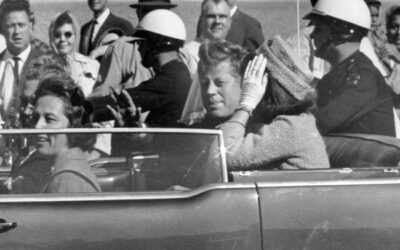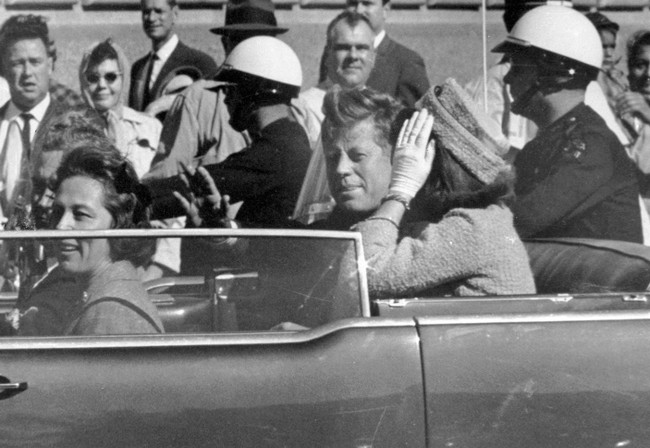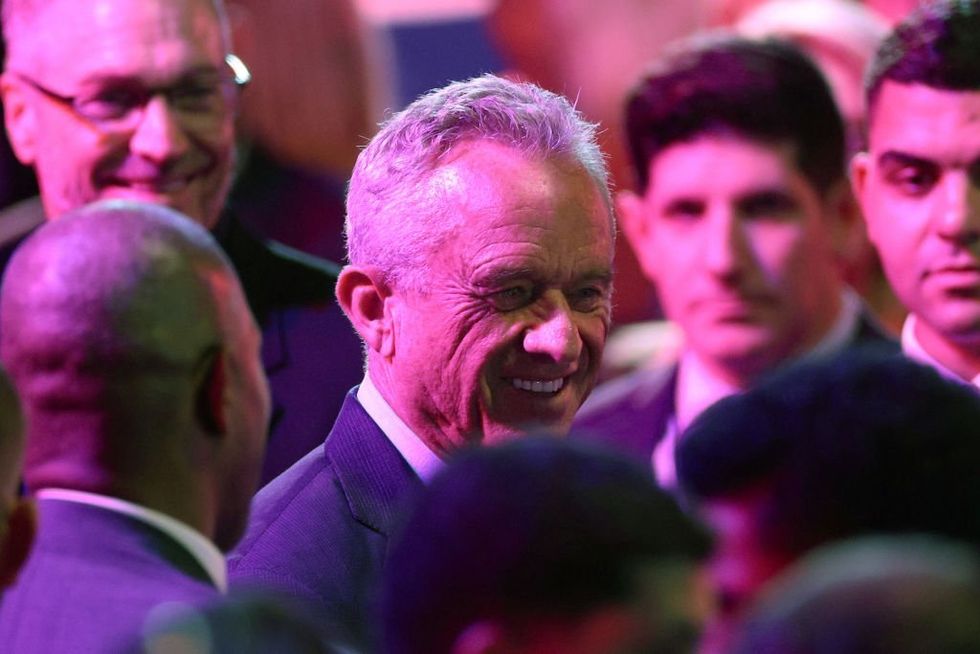The woking class vs. the working class

In the past several years, a succession of nutty-sounding books have been the talk of the town in the various organs of the elite media. We had “Between the World and Me,” “White Fragility,” “How to Be an Antiracist,” and the book version of the “1619 Project.” One hears such books spoken of from afar. But the reality doesn’t truly hit home until, while riding the New York City subway, one feels the shock of seeing actual, living, breathing human beings — typically 30-something liberal women with asymmetrical faces, grave expressions punctuated by minimal makeup, thick-rimmed glasses, short, choppy hair, a denim jacket over a flowy, printed maxi dress, and canvas sneakers — flipping the pages of such books and seemingly, seriously reading them, fingers tracing and pausing on the words as though they were hierograms.
That is the experience I had this past weekend on the subway when I spotted such a woman — that woman — reading the latest flavor of the coastal elite moment, “White Rural Rage: The Threat to American Democracy,” by Tom Schaller and Paul Waldman.
The ironic picture that emerges from “White Rural Rage” is not of white rural rage but of white elite rage.
I had, of course, seen the book written up in all the usual sources of elite groupthink, but I believed, naïvely, that the basic premise of this one was too obviously outlandish, too plain stupid to catch on.
The thesis, I gathered, begins with the assertion that white rural Americans harbor all sorts of purportedly anti-democratic (read: anti-Democratic) beliefs — racism (read: opposition to flagrant anti-white bias emanating from all the power corridors of elite society), sexism (read: opposition to the war on men), homophobia (read: outrage at the groomer culture that has some 30% of Gen Z identifying as LGBTQ+), transphobia (read: belief in basic biological truths that pretty much everyone believed until a social contagion caught on among Western elites a few years back), xenophobia (read: the belief that the U.S. border shouldn’t be a lawless free-for-all, with opportunistic law-breakers then rewarded with public benefits), support for authoritarianism and Christian nationalism (read: support for Donald Trump) and belief in all manner of conspiracy theories (read: everything over the past eight years that the corporate press and the U.S. intelligence community insisted was false that turned out to be true and vice versa).
Schaller and Waldman argue that rural white Americans are also more likely to engage in violence to defend such beliefs. Moreover, they claim, rural whites wield a disproportionate amount of political power because the sparsely settled, low-population states in which they tend to reside — Montana, Idaho, Wyoming, the Dakotas, etc. — get just as many senators as the high-population coastal states dominated by elite blue-bloods.
Elites have a sordid history of pathologizing and demonizing the unwashed masses living in the backwoods. Such backcountry rubes, in the eyes of the powers that be, are Hillary Clinton’s “basket of deplorables,” Barack Obama’s “bitter clingers” to guns and religion, or Mitt Romney’s “47%.” They are always seen as white supremacists or fascists in waiting, with KKK robes and hoods ever at the ready in the shed out back.
Shortly after the end of World War II, the émigré Marxist Theodor Adorno published his book-length study, “The Authoritarian Personality.” In it, he developed the notorious, pseudoscientific “F-scale,” which used psychological testing to attribute to much of the conservative U.S. population personality features — such as authoritarianism, conventionalism, aggression, religiosity, superstition, and toughness — that supposedly indicated a disturbing propensity toward fascism. A more recent version of the same species of political hackery masquerading as social science surfaced in early 2024. It attributed psychopathic, narcissistic, and Machiavellian tendencies to those with populist sympathies. Given the historical context, it’s unsurprising that Democrats, who no longer represent the working class, have seen President Biden stop trying to unite the country. He often labels white supremacists, implying Trump supporters, as the biggest terrorist threat to the nation.
Further belying Schaller and Waldman’s thesis, other research shows that highly educated progressive elites are the most politically intolerant individuals in America.
Schaller and Waldman’s book is just the latest installment in this ignominious tradition. Scholars who research rural America, including actual scholars whose research was cited in the book, have accused the authors of misrepresenting and misconstruing the research in service of a foregone conclusion. “I spoke with more than 20 scholars in the tight-knit rural-studies community, most of them cited in White Rural Rage or thanked in the acknowledgments,” Tyler Austin Harper wrote recently at the Atlantic, “and they left me convinced that the book is poorly researched and intellectually dishonest.”
Key criticisms include a vague definition of “rural” that includes people from non-rural areas, no real proof that rural Americans feel “rage” as alleged, and overlooking studies by the very scholars they cite, which show rural Americans are less inclined toward political violence than those in urban or suburban areas.
Schaller and Waldman’s weak and obtuse defense of their book against such criticisms resorts to calling critics “far right,” uses rural votes or support for Donald Trump as a measure of racism, and, finally, attempts to rebut the charge that they are demonizing rural Americans by arguing that they are actually championing the rights of the rural non-white Americans who are the ones truly being overlooked.
More damning evidence against Schaller and Waldman’s worldview comes from a recent Rasmussen poll showing that it is political elites, rather the angry rednecks these authors aim to ridicule, who are far more willing to cheat to win elections.
Just 7% of all Americans said they would want their candidate to cheat to win an election. But when the elite 1% are surveyed — these are individuals who make over $150,000 a year, live in densely populated areas, have postgraduate degrees, and are overwhelmingly liberal — that 7% number rises astronomically to 35%. When those members of the elite 1% who focus daily on politics are surveyed, the number rises still higher to 69%. Anyone wondering why Donald Trump is currently the subject of civil suits aiming to bankrupt him and unprecedented and wacky criminal charges brought either by President Biden’s own Justice Department or by activist liberal prosecutors need look no farther.
Further belying Schaller and Waldman’s thesis, other research shows that it is not rural white Americans but these same highly educated progressive elites who are the most politically intolerant individuals in America. As people get more education, they tend to isolate themselves ideologically, often misunderstanding and misattributing beliefs to their political opponents, a trend that Schaller and Waldman’s book exemplifies. Unlike the postwar Democrats who were connected to the working class, today’s elite white liberals, including Schaller and Waldman, are detached from, uninterested in understanding, and frequently critical of the white working class.
And so the ironic picture that emerges from “White Rural Rage” is not of white rural rage but of white elite rage — Schaller’s and Waldman’s and that of their many like-minded peers and readers in the woke coastal bubble — against a working-class population they have thus far been unable to gaslight and bludgeon into submission. If anything, their efforts have birthed a groundswell of opposition. It is in this light that their most wholly absurd claim — the suggestion that the white rural poor enjoy power disproportionate to their numbers — must be seen.
Schaller and Waldman’s notion that rural Americans are the ones endangering American democracy is beyond laughable.
Even on its own terms, Schaller and Waldman’s assertion that allotting two Senate seats per state, no matter its population, gives a boost to the white rural electorate is far from bulletproof. If things were as simple as they seem, the U.S. Senate would always have more Republicans than the House, where representation is more aligned with the real political leanings of American voters. Instead, Schaller and Waldman believe the current system gives too much influence to white rural Americans from states with smaller populations. But that has simply not been the case. Today, as during many other periods in our recent history, it is the House of Representatives that has been more subject to Republican control.
But the sheer, brazen preposterousness of Schaller and Waldman’s conclusion that disproportionately poor, uneducated, underserved, politically alienated and disengaged rural Americans wield outsized political power becomes truly apparent only when we take a step back to reflect upon it.
“If voting changed anything, they’d make it illegal,” anarchist Emma Goldman famously quipped. While that may be something of an exaggeration, it cannot be seriously disputed that political power is not just about counting the number of senators or representatives per head. “Politics is downstream from culture,” as the saying goes. It is, of course, the left elite’s cultural arbiters, rather than rural white Americans, who dominate nearly all our most influential institutions. These institutions drive a broad agenda consisting of policies — open borders, the war on law and order, drug legalization, the state-sponsored trans craze, anti-white racism, critical race theory and other DEI initiatives, and the attack on free speech — that are unpopular with much of the electorate yet continue to be forced down our throats by progressive elites.
Clearly, the opinions of unrepresentative elites, not rural white Americans, control our politics. Schaller and Waldman’s opposite claim is so evidently misleading that it comes across as an intentional attempt at gaslighting, pure and simple.
Just as absurd is the idea that it is rural Americans rather than connected political elites who pose the most danger to our democracy.
On one side of the ledger is January 6, a largely peaceful political protest that regrettably went too far (and got escalated or was allowed to escalate under highly questionable circumstances), though certainly without wreaking anything like the mass property damage, looting, havoc, and loss of life resulting from the Black Lives Matter riots of 2020, in which some 26 million people may have participated.
On the other side of the ledger are:
Authoritarian vaccine mandates and lockdowns;
Crackdowns on free speech during COVID-19 by Big Tech, working in direct coordination with the federal government;
Social media companies colluding with the FBI to suppress the New York Post’s Hunter Biden laptop story, which could have swung the 2020 election;
The Biden administration’s effort to launch an Orwellian “Disinformation Governance Board” to be chaired by Trump-hating political hack Nina Jankowicz and then persisting in the effort behind the scenes after the initial plan got massive pushback;
The continuing banana republic-style political prosecutions of Donald Trump;
The attempt by various Democratic operatives in multiple states to use a wacky theory concocted by Trump-hating academics to kick Trump off state ballots as an “insurrectionist”; and
Big Tech building woke AI speech-generation and image-generation that attempts to impose a far-left bias on reality itself.
Against this background, Schaller and Waldman’s notion that rural Americans are the ones endangering American democracy is beyond laughable.
Turning finally to the matter of who it is that feels the most “rage” in America, research shows that it is liberals, not conservatives, who often start out as maladjusted, angry kids mad at the world, retain their propensity for negative feelings (what personality psychologists call “neuroticism”) when they grow older, suffer far more frequently from mental illness, and are far more likely to break off friendships over political differences.
Incensed at the working-class Americans who do not share and who stand in the way of the full implementation of the “luxury beliefs” these elites champion, they then proceed to cast blame rather than look inward for the source of the problem and rage at the working class for its purportedly backward ways. “White Rural Rage” is just one of the many repugnant manifestations of that white elite rage.










